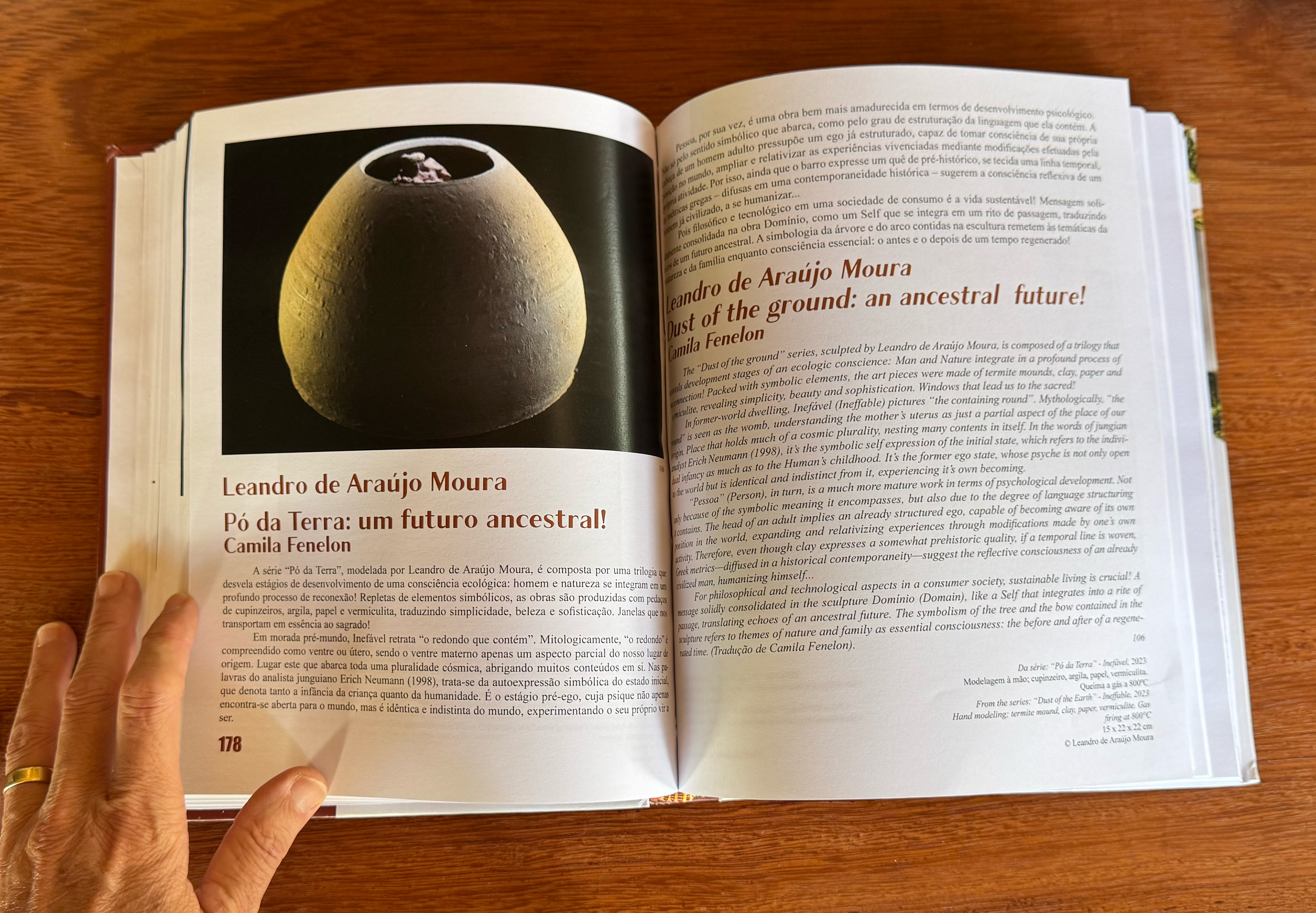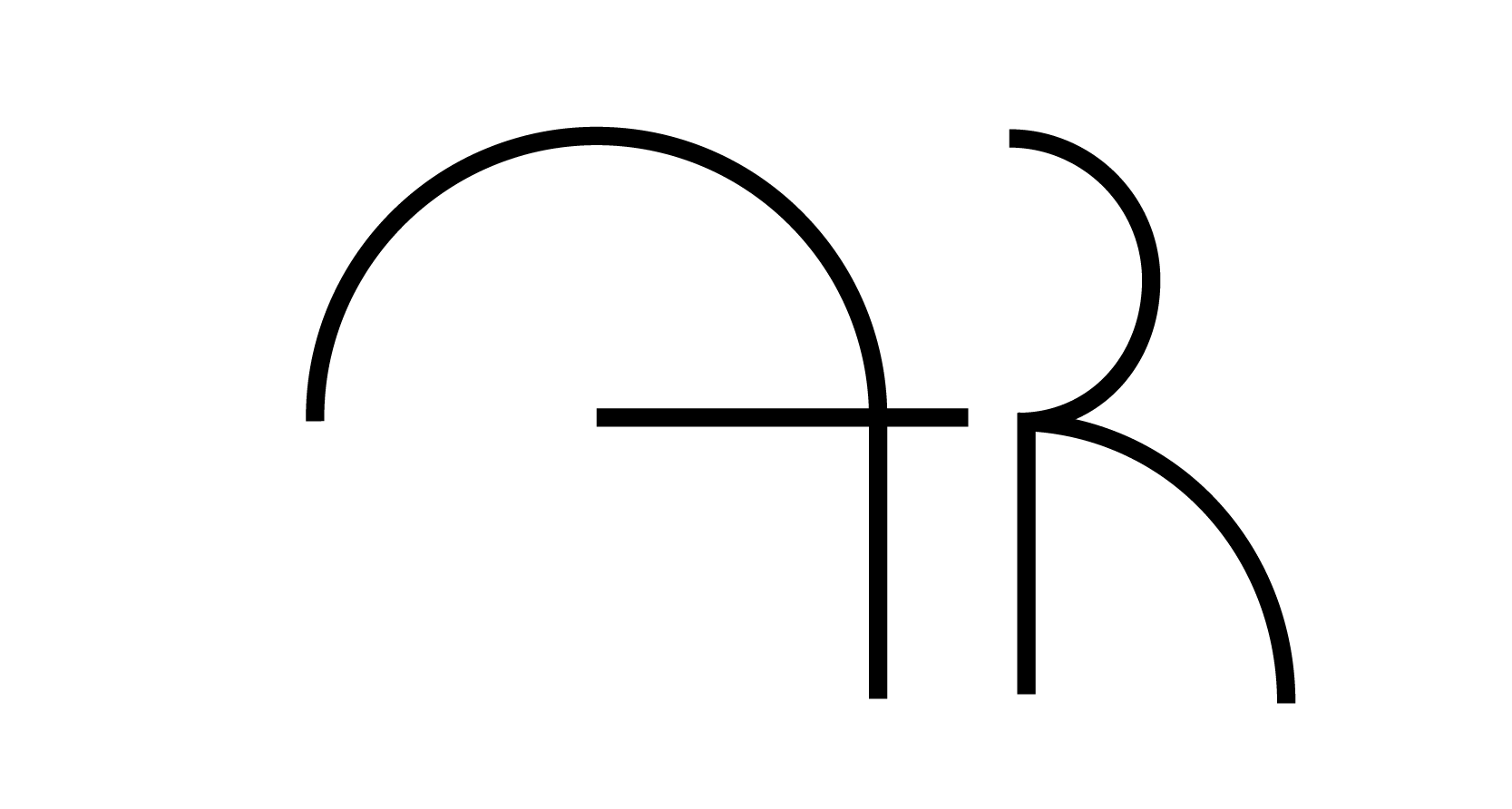OBRAS COMENTADAS
Cerâmica & Interseções - Obras Comentadas, organizado por Andrés I. M. Hernández é a primeira publicação no Brasil a avaliar a arte em suas relações interdisciplinares, prioritariamente a cerâmica. O livro está dividido em cinco núcleos: Ensaios, Diálogos, Textos Interseccionais, Exposições e Glossário.
A obra aborda as cerâmicas indígenas da América Latina, a cerâmica afro-brasileira, além da produção de vários artistas visuais consagrados e contemporâneos, como Regina Silveira, Rochelle Costi, Julia Isidrez, Kimi Nii entre outros(as). Sua produção textual conta com a participação de críticos de arte e curadores, como Agnaldo Farias e Surisday Reyes; além de colaboradores de diversas áreas do conhecimento, como Matemática, Química & Ambientalismo, Neurociência, Arqueologia e Literatura.
Vale destacar a importância da publicação para a pesquisa e o ensino da cerâmica em escolas e faculdades de arte, buscando ampliar o repertório e a territorialidade discursiva de especialistas e artistas de diversas regiões do Brasil e do mundo. Também ressaltamos o viés instrutivo e educativo do livro, que visa diluir o pré-conceito de observar acerâmica apenas como utilitária.
--------------------------------------------------------------------------------------------------------------
Ceramics & Intersections - Annotated Works, organized by Andrés I. M. Hernández, is the first publication in Brazil to evaluate art in its interdisciplinary relationships, primarily ceramics. The book is divided into five sections: Essays, Dialogues, Intersectional Texts, Exhibitions, and Glossary.
The work addresses indigenous ceramics from Latin America, Afro-Brazilian ceramics, as well as the production of several renowned and contemporary visual artists, such as Regina Silveira, Rochelle Costi, Julia Isidrez, Kimi Nii, among others. Its textual production features the participation of art critics and curators, like Agnaldo Farias and Surisday Reyes; in addition to collaborators from diverse areas of knowledge, such as Mathematics, Chemistry & Environmentalism, Neuroscience, Archeology, and Literature.
It is worth highlighting the publication's importance for research and teaching ceramics in art schools and colleges, seeking to expand the repertoire and discursive territoriality of specialists and artists from various regions of Brazil and the world. We also emphasize the instructive and educational bias of the book, which aims to dissolve the preconception of observing ceramics only as utilitarian.

Pó da Terra: um futuro ancestral!
Por Camila Fenelon
A série “Pó da Terra”, modelada por Leandro de Araújo Moura, é composta por uma trilogia que desvela estágios de desenvolvimento de uma consciência ecológica: homem e natureza se integram em um profundo processo de reconexão! Repletas de elementos simbólicos, as obras são produzidas com pedaços de cupinzeiros, argila, papel e vermiculita, traduzindo simplicidade, beleza e sofisticação. Janelas que nos transportam em essência ao sagrado!
Em morada pré-mundo, Inefável retrata “o redondo que contém”. Mitologicamente, “o redondo” é compreendido como ventre ou útero, sendo o ventre materno apenas um aspecto parcial do nosso lugar de origem. Lugar este que abarca toda uma pluralidade cósmica, abrigando muitos conteúdos em si. Nas palavras do analista junguiano Erich Neumann (1998), trata-se da autoexpressão simbólica do estado inicial, que denota tanto a infância da criança quanto da humanidade. É o estágio pré-ego, cuja psique não apenas encontra-se aberta para o mundo, mas é idêntica e indistinta do mundo, experimentando o seu próprio vir a ser.
Pessoa, por sua vez, é uma obra bem mais amadurecida em termos de desenvolvimento psicológico. Não só pelo sentido simbólico que abarca, como pelo grau de estruturação da linguagem que ela contém. A cabeça de um homem adulto pressupõe um ego já estruturado, capaz de tomar consciência de sua própria posição no mundo, ampliar e relativizar as experiências vivenciadas mediante modificações efetuadas pela própria atividade. Por isso, ainda que o barro expresse um quê de pré-histórico, se tecida uma linha temporal, as métricas gregas – difusas em uma contemporaneidade histórica – sugerem a consciência reflexiva de um homem já civilizado, a se humanizar...
Pois filosófico e tecnológico em uma sociedade de consumo é a vida sustentável! Mensagem solidamente consolidada na obra Domínio, como um Self que se integra em um rito de passagem, traduzindo ecos de um futuro ancestral. A simbologia da árvore e do arco contidas na escultura remetem às temáticas da natureza e da família enquanto consciência essencial: o antes e o depois de um tempo regenerado!
---------------------------------------------------------------------------------------------
The series 'Pó da Terra' (Dust of the Earth), modeled by Leandro de Araújo Moura, is composed of a trilogy that unveils stages in the development of ecological consciousness: man and nature integrate in a profound process of reconnection! Filled with symbolic elements, the works are produced with pieces of termite mounds, clay, paper, and vermiculite, conveying simplicity, beauty, and sophistication. Windows that transport us, in essence, to the sacred!
In a pre-world dwelling, 'Inefável' (Ineffable) portrays 'the round that contains.' Mythologically, 'the round' is understood as a womb or uterus, with the maternal womb being only a partial aspect of our place of origin. This place encompasses a whole cosmic plurality, sheltering many contents within itself. In the words of Jungian analyst Erich Neumann (1998), it is the symbolic self-expression of the initial state, denoting both the infancy of the child and of humanity. It is the pre-ego stage, where the psyche is not only open to the world but is identical and indistinct from the world, experiencing its own becoming.
'Pessoa' (Person), in turn, is a much more mature work in terms of psychological development. Not only for the symbolic meaning it encompasses but also for the degree of language structuring it contains. The head of an adult man presupposes an already structured ego, capable of becoming aware of its own position in the world, expanding and relativizing experiences lived through modifications made by its own activity. Therefore, even if the clay expresses something prehistoric, if a timeline is woven, the Greek metrics – diffused in a historical contemporaneity – suggest the reflective consciousness of an already civilized man, in the process of humanizing himself...
For philosophical and technological in a consumer society is sustainable living! A message solidly consolidated in the work 'Domínio' (Dominion), as a Self that integrates into a rite of passage, echoing an ancestral future. The symbolism of the tree and the arch contained in the sculpture refer to the themes of nature and family as essential consciousness: the before and after of a regenerated time!
